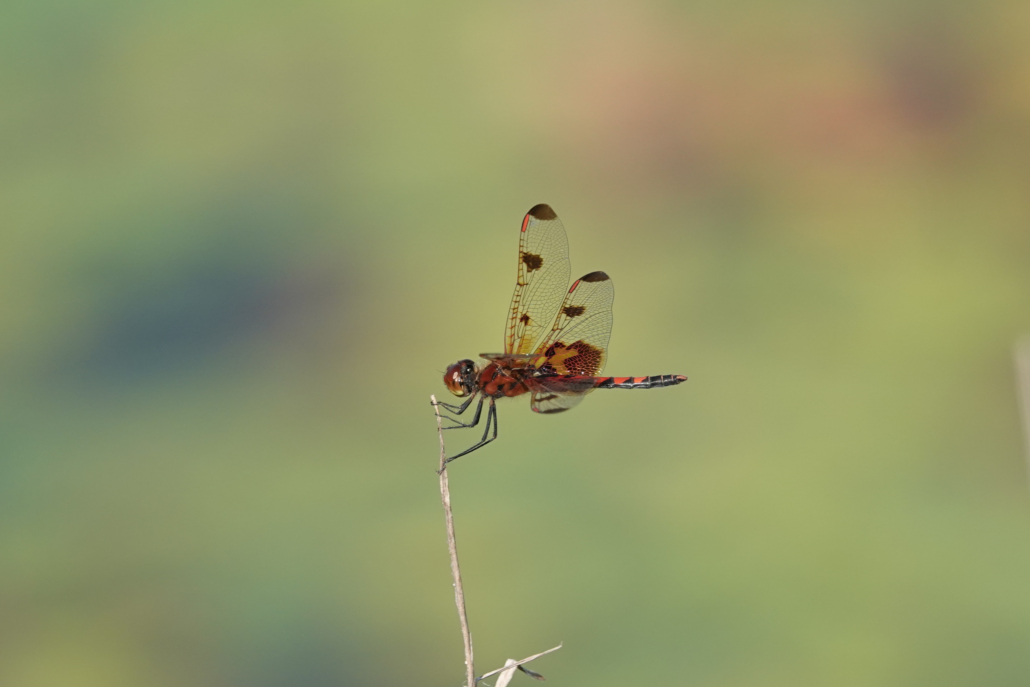Have you ever wanted to conduct scientific research? Or just wanted an excuse to go for a walk in the woods? Community science gives everyone the opportunity to spend time outdoors, to learn about biology, and to contribute to the meaningful goal of understanding the natural world around us.
In 2021 we launched two annual dragonfly counts, the Clifton Institute Dragonfly Count and the Rappahannock County Dragonfly Count, each of which are held in June. Our goals are to monitor the populations of these charismatic and readily identified insects and to generate interest in dragonflies and damselflies. For these counts we work with volunteers to survey a 10-mile-diameter circle for dragonflies and damselflies. Both count circles have a wide variety of wetland habitats and we’ve recorded a remarkable diversity of dragonflies. We are always looking for volunteers and you can sign up on our calendar here (you can use the Program Type drop-down menu and filter by Community science). If you’d like to see what we’re learning, you can find the data here:
Clifton Institute Dragonfly Count Data
Rappahannock County Dragonfly Count Data
We also participate in two nation-wide counts, the North American Butterfly Association butterfly count in July and the Audubon Christmas Bird Count in December. You can find those counts on our calendar here (you can use the Program Type drop-down menu and filter by Community science). We will be posting the data from these counts soon!
You can also contribute to science by submitting observations to our iNaturalist project (you can check out recent observations to the right). Or you can submit checklists to our eBird hotspot, which is currently the most diverse hotspot in Fauquier County!
iNaturalist Biodiversity Inventory Project
We are working with collaborating scientists and volunteers to document the species that occur on our 900-acre field station. We passed 2,500 species in 2023! iNaturalist enables anyone to participate. Check out some recent finds!
This Locust Longhorn Borer is one of the 2,000+ species hiding out at the Clifton Institute.



